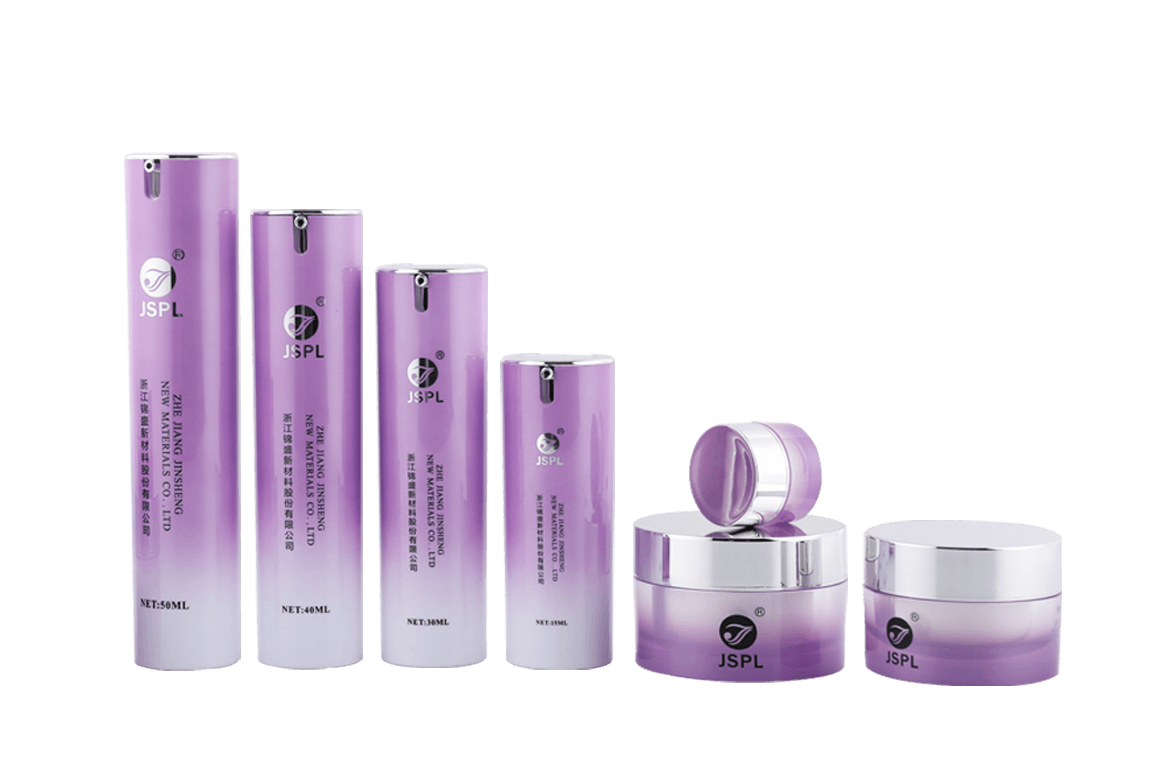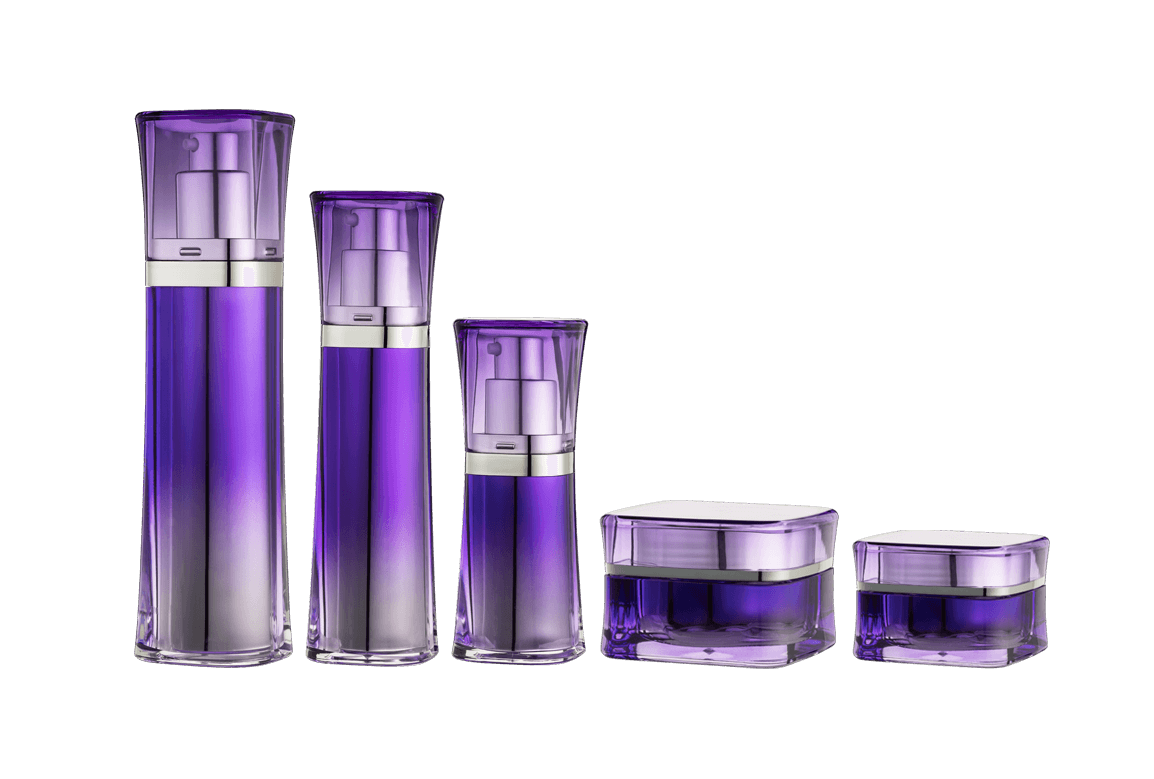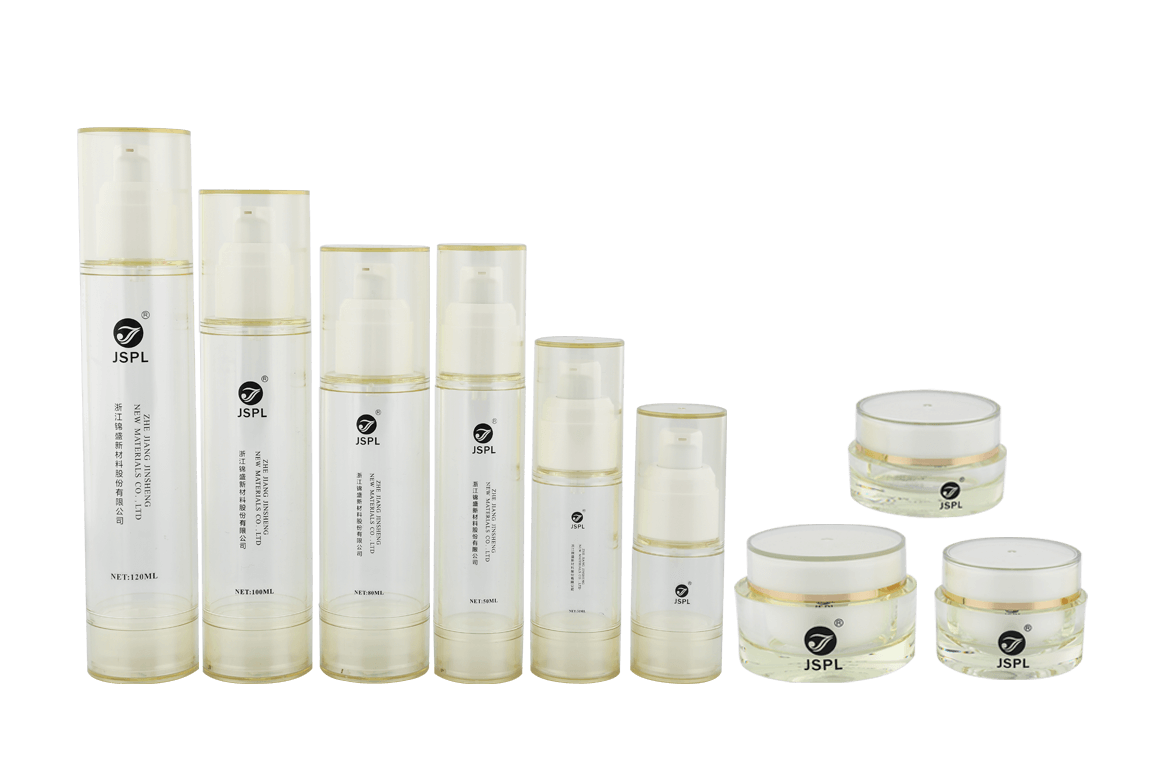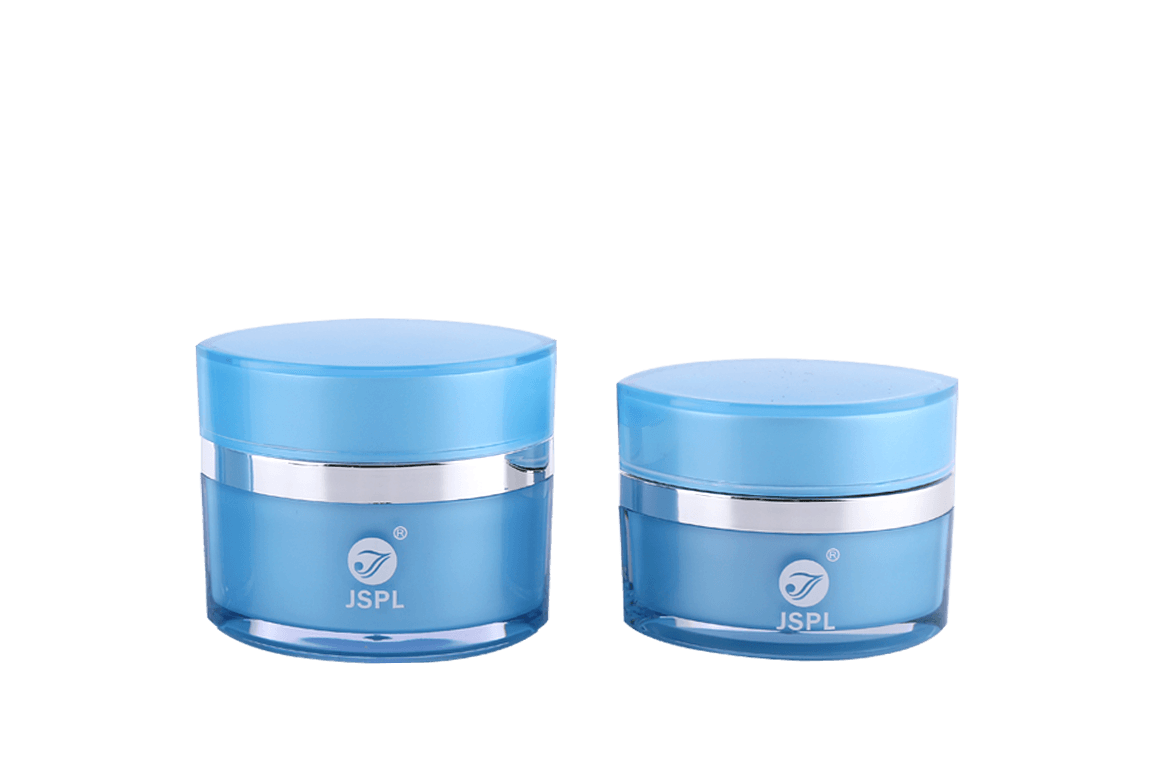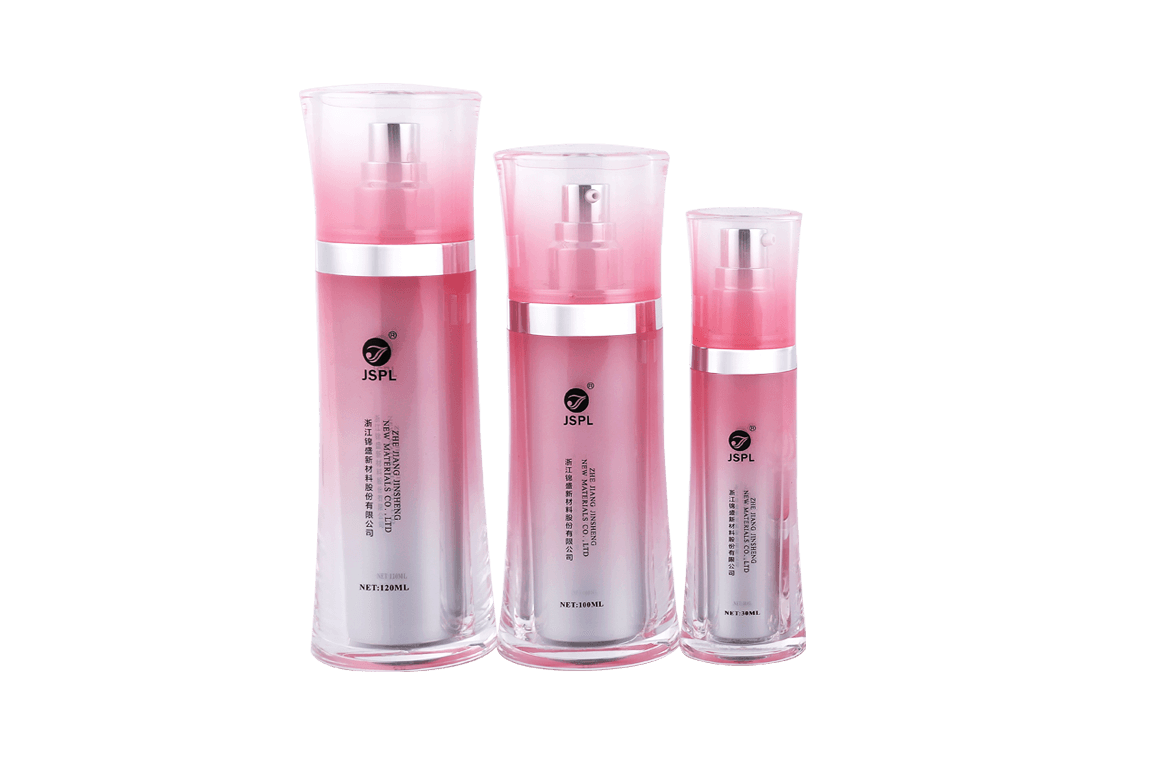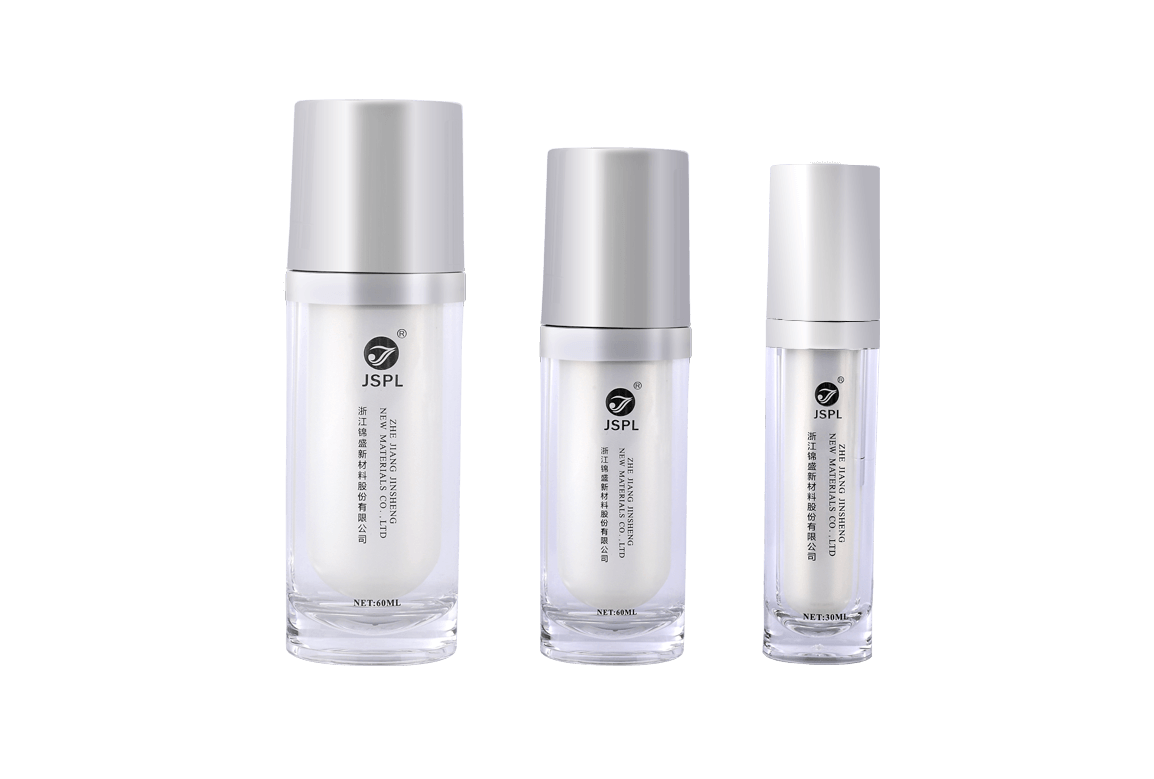In the cosmetics industry, vacuum bottles are a key packaging container, and their chemical resistance is crucial to ensuring product safety and quality stability. The material selection of the vacuum bottle directly affects its chemical resistance, which in turn has a profound impact on the storage, transportation and use of cosmetics.
Material Type and Chemical Resistance Basis
Cosmetic vacuum bottles are made of a wide variety of materials, mainly including glass, various types of plastics (such as polypropylene PP, polyethylene PE, polyethylene terephthalate PET, polycarbonate PC, etc.) and composite materials. Each of these materials has unique characteristics and significant differences in their chemical resistance.
Glass material is widely recognized for its excellent barrier properties, high temperature resistance and excellent chemical stability. Since glass does not react with most cosmetic ingredients and does not release any harmful substances, it is ideal for storing many types of liquid cosmetics. However, glass is heavy and fragile, which may limit its use in some applications.
In comparison, plastic materials are favored because they are lightweight and unbreakable. Different types of plastics vary in their chemical resistance. Polypropylene (PP) is known for its excellent heat resistance, chemical resistance and mechanical strength, but its transparency is relatively low. Polyethylene terephthalate (PET) is favored for its high transparency, good impact resistance and abrasion resistance, and it also has good environmental performance. Polycarbonate (PC) is known for its high strength, high transparency and excellent heat resistance, but its cost is relatively high.
The specific impact of material selection on chemical resistance
chemical reaction risk
Vacuum bottles made of different materials may face the risk of chemical reactions when in contact with cosmetics. For example, acidic or alkaline ingredients in some cosmetics may cause corrosion to the bottle material, resulting in reduced product quality or the production of harmful substances. Therefore, when selecting the material of the vacuum bottle, it is necessary to fully consider the ingredients and characteristics of the cosmetics to ensure the compatibility of the selected materials with the cosmetics.
Gas barrier properties
The material of the vacuum bottle also needs to have good gas barrier properties to prevent the penetration of oxygen, carbon dioxide and other gases, thereby avoiding oxidation and deterioration of cosmetics. Glass excels in this regard, and certain plastics such as PET also have certain gas barrier capabilities.
Permeability and adsorption
Some ingredients in cosmetics may enter the bottle material through penetration or be adsorbed by the bottle material. This phenomenon will not only affect the quality of the product, but may also cause damage to the bottle material. Therefore, when choosing the material of the vacuum bottle, you need to consider its permeability and adsorption properties to ensure that the active ingredients of the cosmetics are not lost.
Stability and durability
The material of the vacuum bottle must have sufficient stability and durability to cope with various stresses during storage, transportation and use. This includes thermal stress, mechanical stress, chemical stress, etc. Only by choosing materials with good stability and durability can the vacuum bottle maintain its physical and chemical properties stable during long-term use.

 Chinese
Chinese España
España Italia
Italia Le français
Le français

